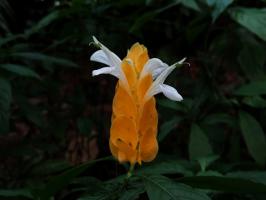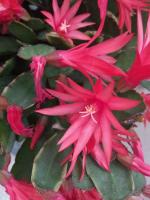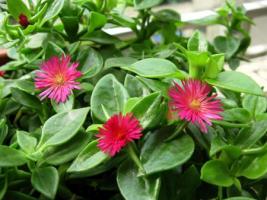1、 Curing method
1. Soil: it grows in sandy soil with good fertility, air permeability and drainage, and the soil should be kept moist. Sawdust and rotten leaf soil can be used to prepare soil, but they must be kept clean
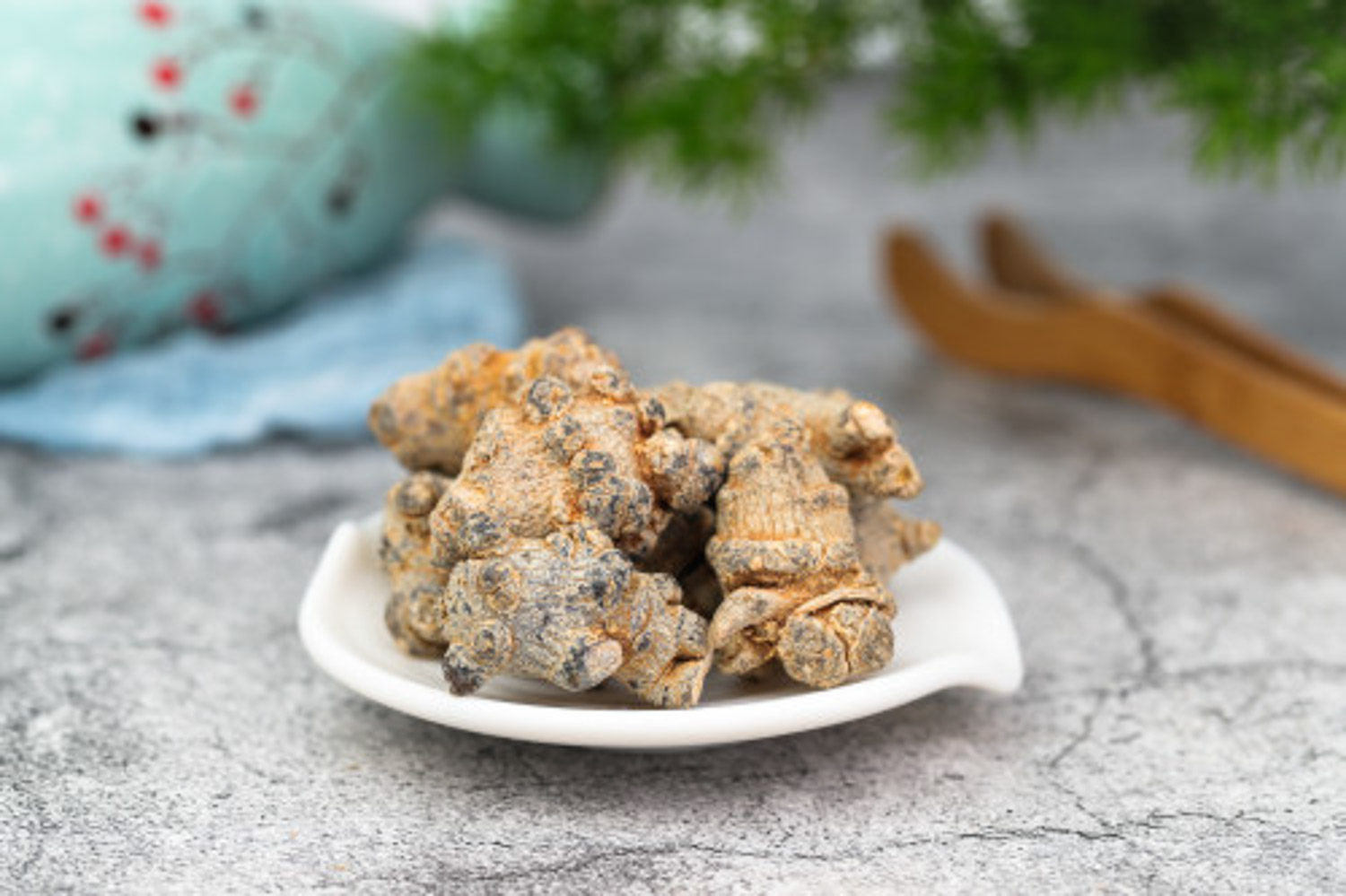
2. Light: in summer, you need to block the sun to avoid being exposed to the hot sun. It can accept oblique and scattered light, slow light, but can not accept strong light irradiation
3. Temperature: it will grow better in the environment of 18-25 ℃, and do not exceed 35 ℃ in summer. Try to keep the temperature above 5 ℃ in winter, so that it can survive the winter smoothly
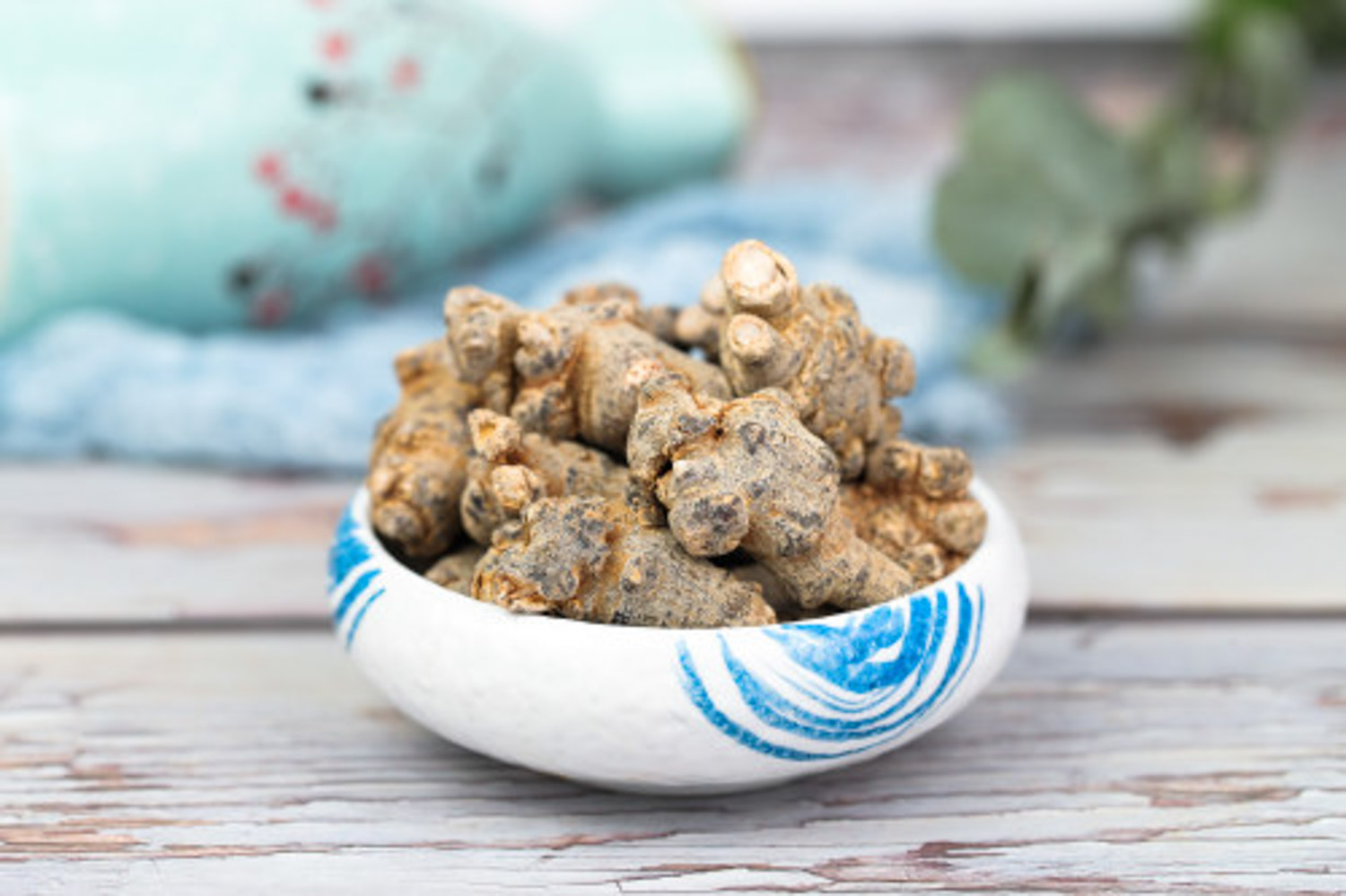
4. Moisture: in spring and summer, it needs to be watered twice or three times a month. In the overwintering period, it is necessary to reduce the number of water supply or directly suspend water supply
2、 Breeding skills
1. Sowing: you can sow in October and November every year. Put the seeds evenly in the soil and water them. It should be noted that the temperature should be kept at about 20 ℃, so as to ensure the survival of seeds
2. Spend summer: the temperature in summer should be below 35 ℃, so that breeding can be carried out at this temperature. It should be noted that in summer, it is necessary to shade, avoid exposure to the sun, and replenish water in time

3、 Diagnosis and treatment problems
1. Verticillium wilt: Brown withering occurs when the seedlings are, and it should be controlled in time after it is found. Bordeaux liquid or dixone and other fungicides can be sprayed alternately, and the diseased plants can be pulled out in time to burn quickly
2. Black spot: brown spots will appear on its stems, leaves, flowers and fruits. It is necessary to cut off the diseased leaves or branches as soon as possible, and timely use of carbendazim can effectively kill black spot

4、 Other issues
1. Toxic or not: the information above shows that it is not toxic, so there is no need to worry about toxicity in the process of breeding
2. Whether it can be raised at home: it can be used as a potted plant at home. It is recommended to raise it in a place with good indoor lighting conditions and frequent ventilation. It can be placed on the outdoor terrace and in the courtyard of the home. It is very convenient and simple to take care of and can be appreciated


 jackfruit
jackfruit snake plant
snake plant hibiscus
hibiscus hydrangea
hydrangea lavender
lavender Green roses climb al...
Green roses climb al... If you don't pay att...
If you don't pay att... Management of four g...
Management of four g...

